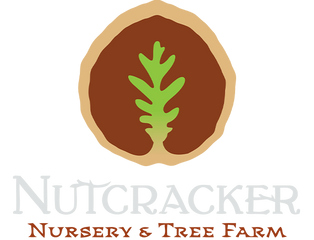Slippery elm (Ulmus rubra)
Shipping calculated at checkout
Out of stock
Need more? Contact us
Slippery elm grows here and there in the northeastern United States and southern Quebec and Ontario in some places. It can reach 25 meters and live 125 years. It is less affected by Dutch Elm disease. The slippery elm leaf has a thin layer of whitish down on both sides. It also gives off a nice smell when it dries. Its fruit is a round samara with a reddish down on the part of the envelope stuck directly to the seed. The fruits are gathered in clusters on the branches.
The bark or bast (inside the inner bark) is particular. In addition to giving off an odor, it contains an aromatic substance called coumarin which is useful for curing inflammatory infections. It is used specifically and successfully for intestinal hypermeability disorders: candidiasis, psoriasis, eczema, food allergies and intolerances, etc. It is a powerful emollient that has great nutritional value. It resolves the infection and promotes healing of tissues that produce mucus. As a result, it enjoys a special affinity with the digestive tract. It protects the intestinal wall from toxins and pathogenic bacteria, and promotes the proliferation of beneficial bacteria. The slippery elm prefers to grow on fertile soils, often along waterways. It can also be seen on rocky ridges. Its wood is rot resistant, hard and strong. It is used to make stakes, musical instruments and railway ties.



